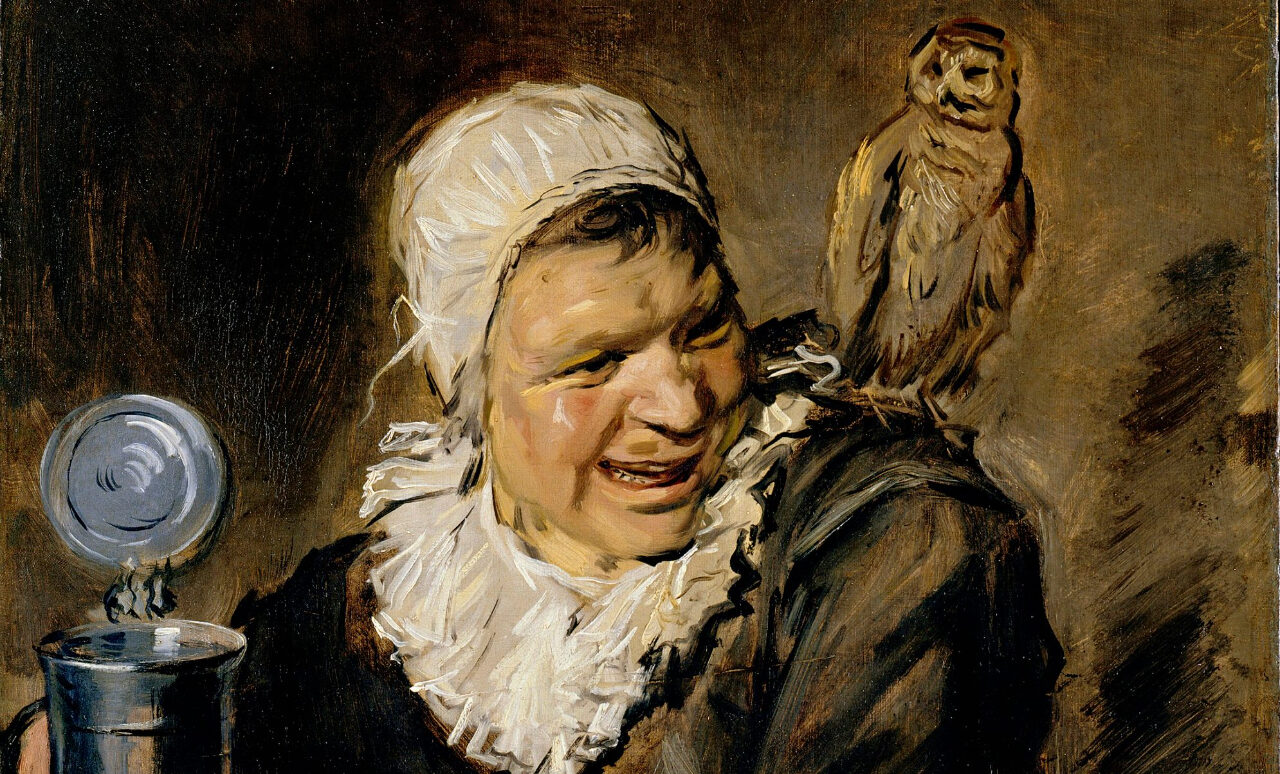Frans Hal at the National Gallery

The Credit Suisse exhibition looking at Dutch 17th-century portraitist Frans Hal is a large one: it takes up eight rooms of the National Gallery’s main floor. It is the first major retrospective of the artist in 30 years, aimed at positioning him for a new generation as one of the greatest painters in Western art. It is an ambitious aim, as he is not as well known as Vermeer or Rembrandt. A rapturous quote about him from Van Gogh aligns him with the artists who admired him. It could be said he was using some Impressionistic techniques 250 years before the movement started.
Great care has been taken in the placement of the pictures: one pair of portraits of a married couple has been, romantically, reunited for the first time in hundreds of years. The labels are very detailed about technique, noting his quick brushwork, alla prima approach and eschewing of preliminary drawings, showing his confidence. There is also some character in the writing of the labels, amongst the formality of black and white the painter allows himself an “outburst” of red, while a portrait of a prostitute advertising her wares gazes “sassily”.
The most intriguing portrait is one of Issac Abrahamsz Massa (1622). Technical examination in 2022 revealed that personifications of Envy and Death looming over the subject’s shoulder had been painted out, probably in Hal’s lifetime, possibly to make the picture less unnerving. An image next to the original shows the spooky obscured figures. The suggested interpretation is that death ends envy. But could it also have been a warning to his detractors? Massa believed himself to be the subject of envy, and there is a beleaguered stoicism in his expression; his arms crossed high on his body could be defiance or unconscious protection.
This revelation shows how every work of art has a life of its own, independent of subject and artist, and highlights the resources and expertise the gallery has at its disposal. Beneath the necessary formality and positivity of commissioned portraits, there are touches of psychological insight. There is still an immediacy in the recognisable facial expressions.
Given that Hal worked in one medium, portraiture, in one city, Haarlem, and, obviously, in one time, there are limitations to the subject matter. It’s ruffs and pointy moustaches galore. However, the exhibition makes a case for him as a maverick and originator. He was the first to paint someone in the relaxed pose of leaning back over a chair, he was the rare painter who took on smiles and he painted one woman, highly unusually, in a staunch power stance of a man. It makes a persuasive argument for its thesis.
Jessica Wall
Frans Hal is at the National Gallery from 30th September until 21st January 2024. For further information visit the exhibition’s website here.
























Facebook
Twitter
Instagram
YouTube
RSS